Science Education
Julie Garbutt: jgarbutt@srprestonwest.catholic.edu.au
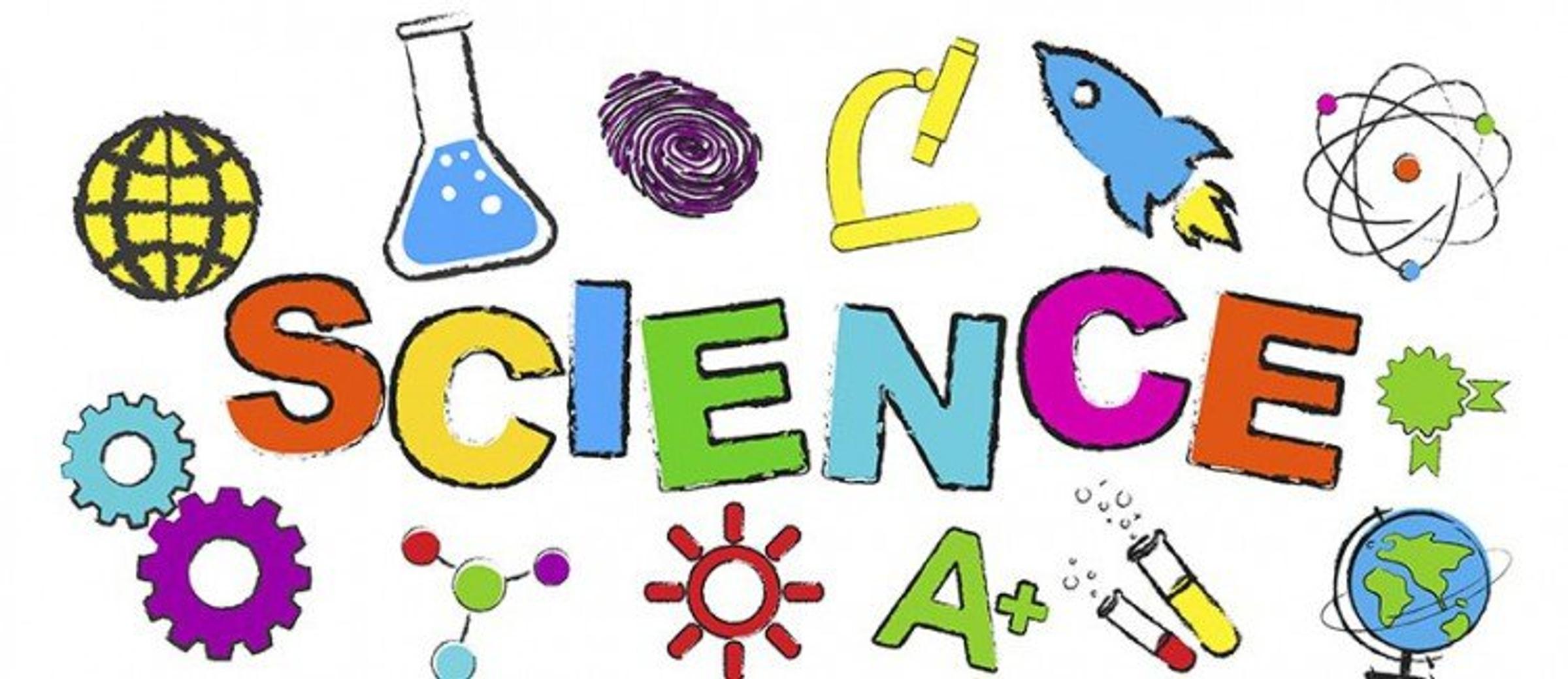
Science Education
Julie Garbutt: jgarbutt@srprestonwest.catholic.edu.au
In week 3, students engaged in learning about the importance of wetlands as part of World Wetlands Day (WWD).
WWD is about recognising the importance of wetlands and taking action to protect and restore them. A call to take action for wetlands is this year’s focus. It's an appeal to invest our collective efforts to save the world’s wetlands from disappearing and to restore those we have degraded.
Year 1/2 students viewed examples of different wetlands and created a class mindmap about the features and importance of wetlands. They then created a design for a T-shirt to promote WWD.
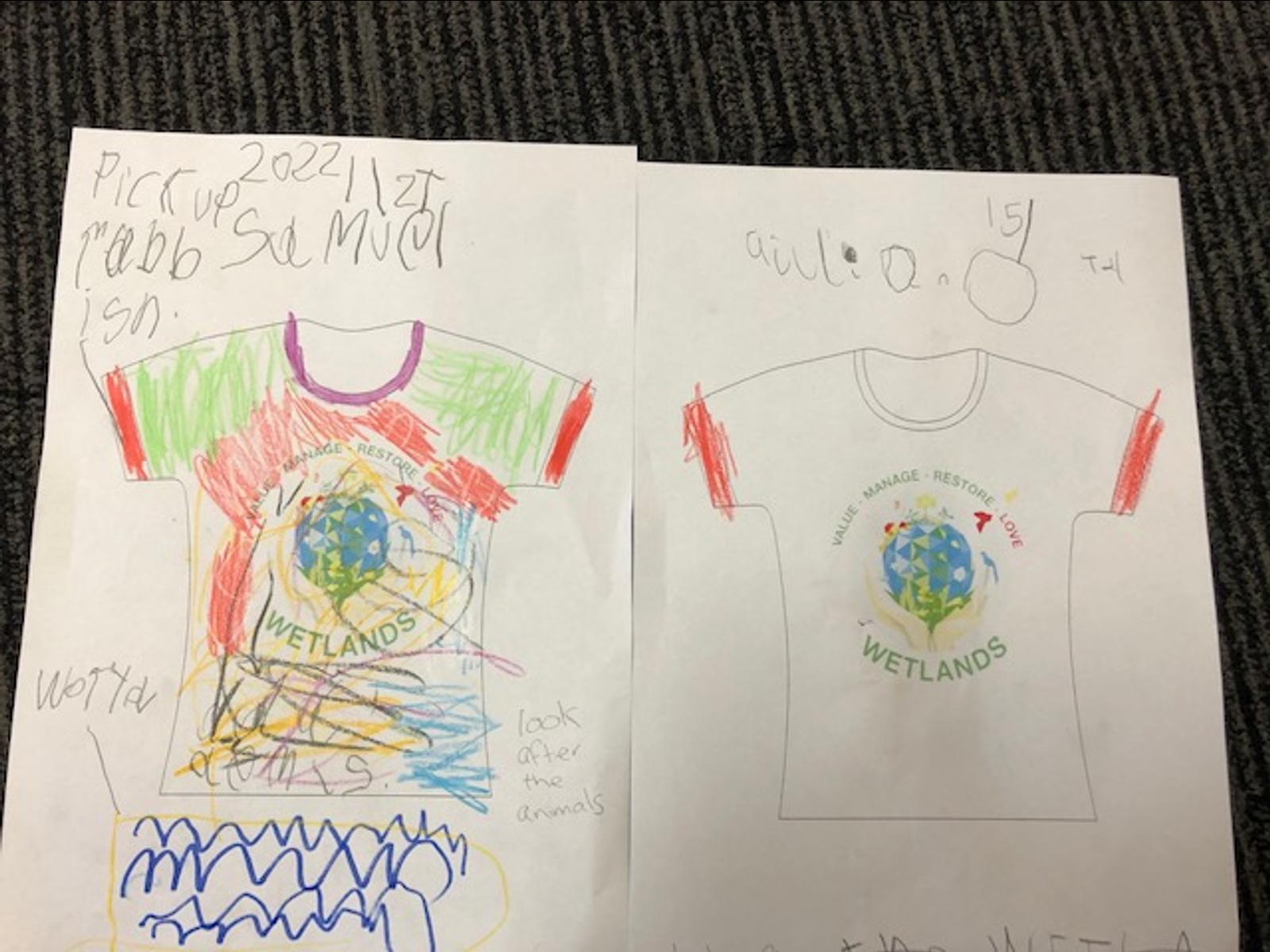
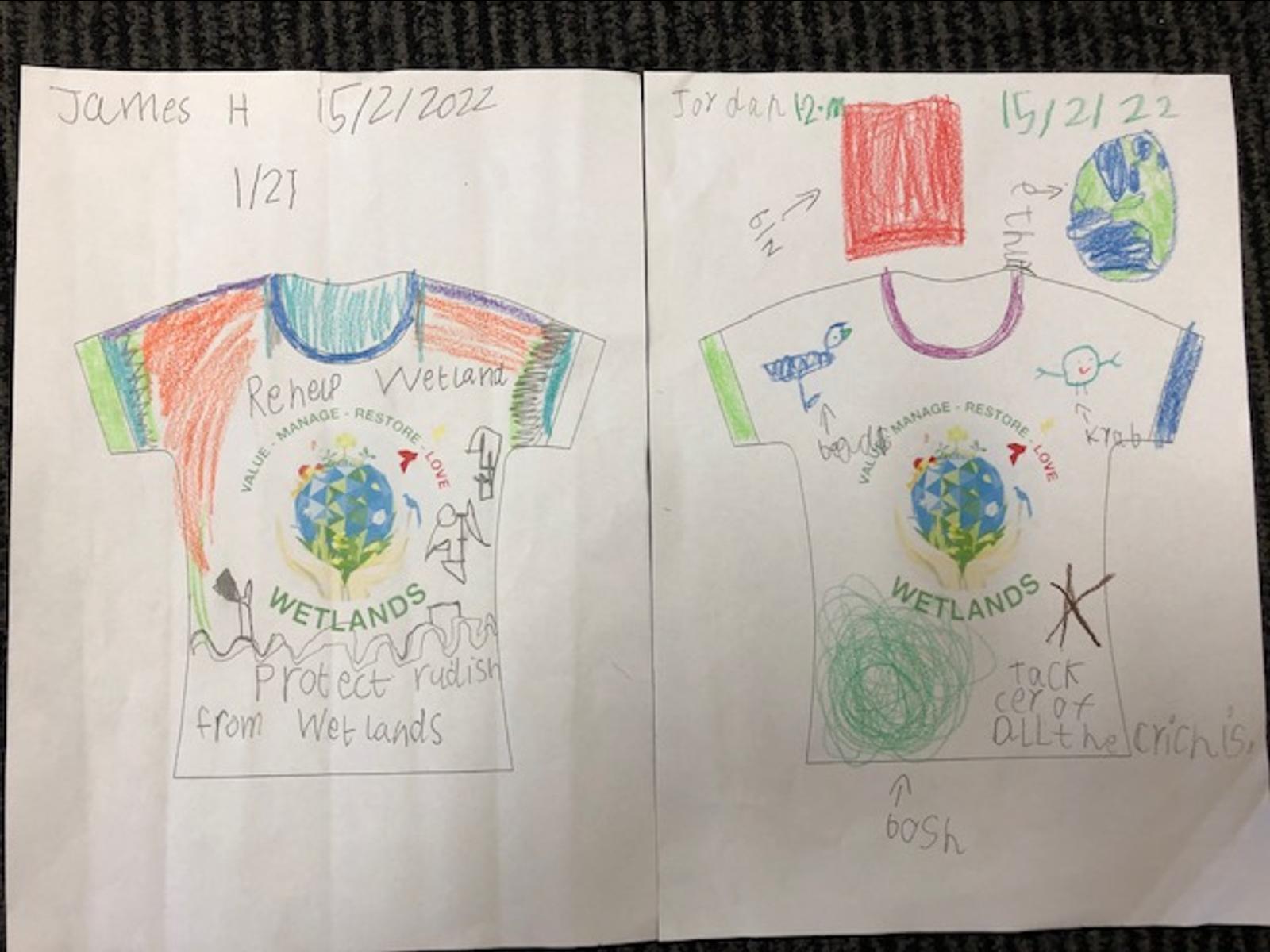

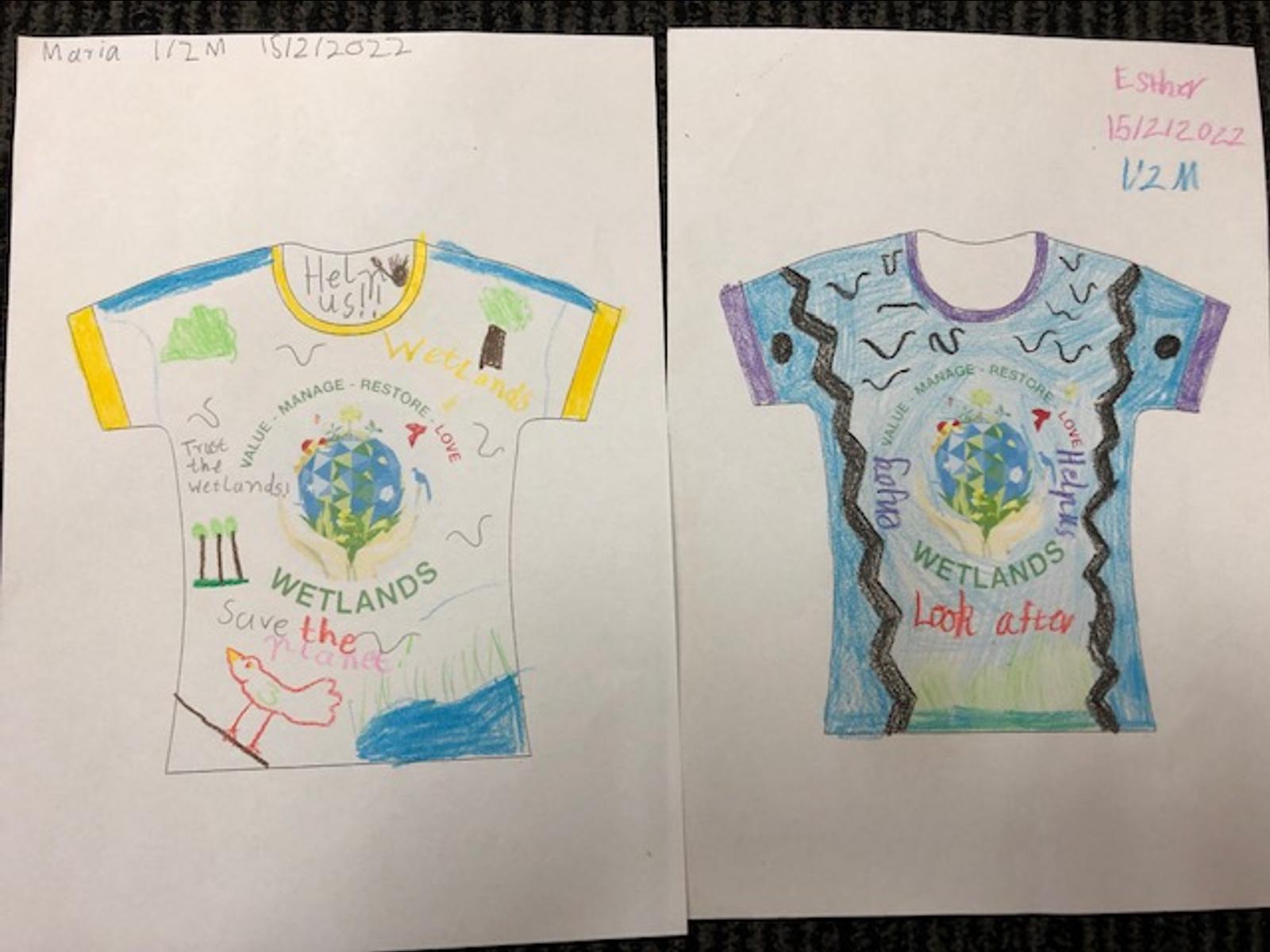
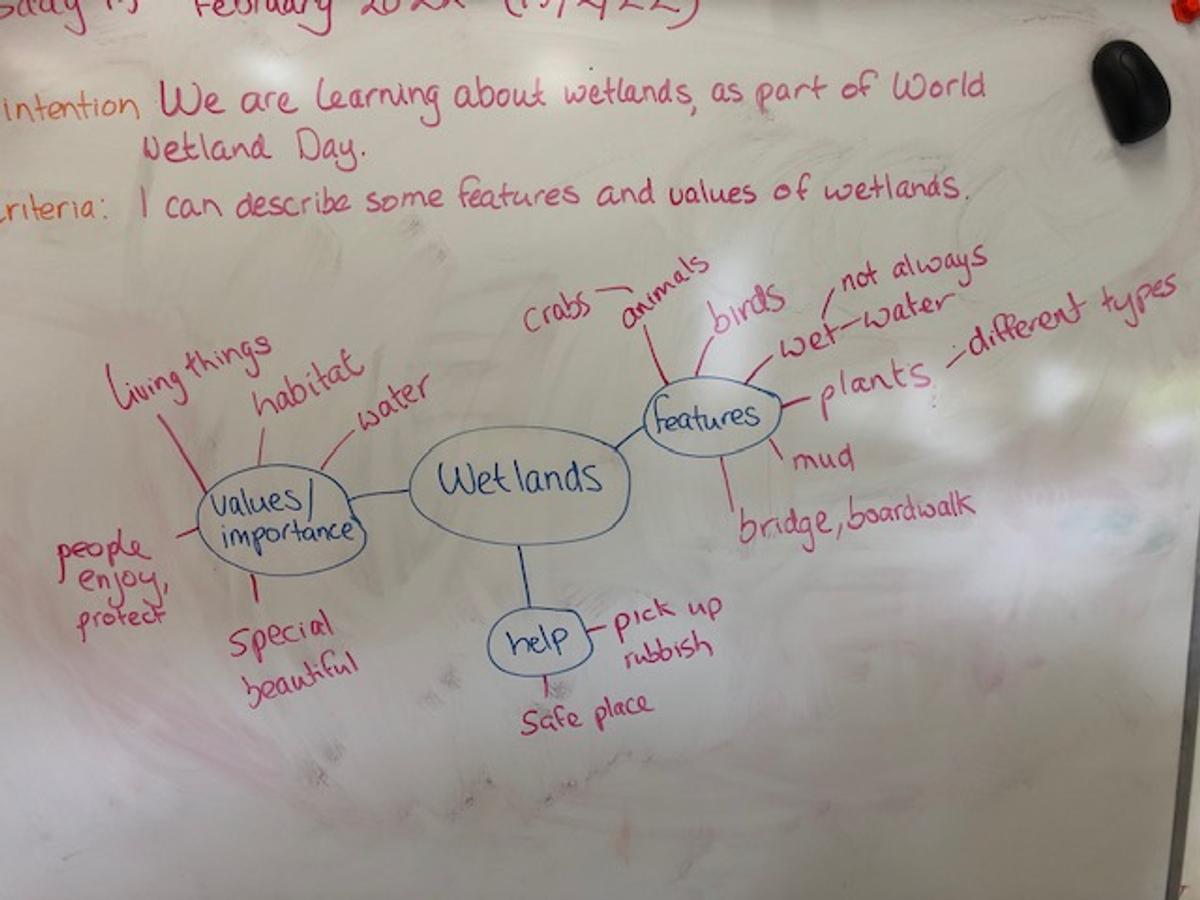
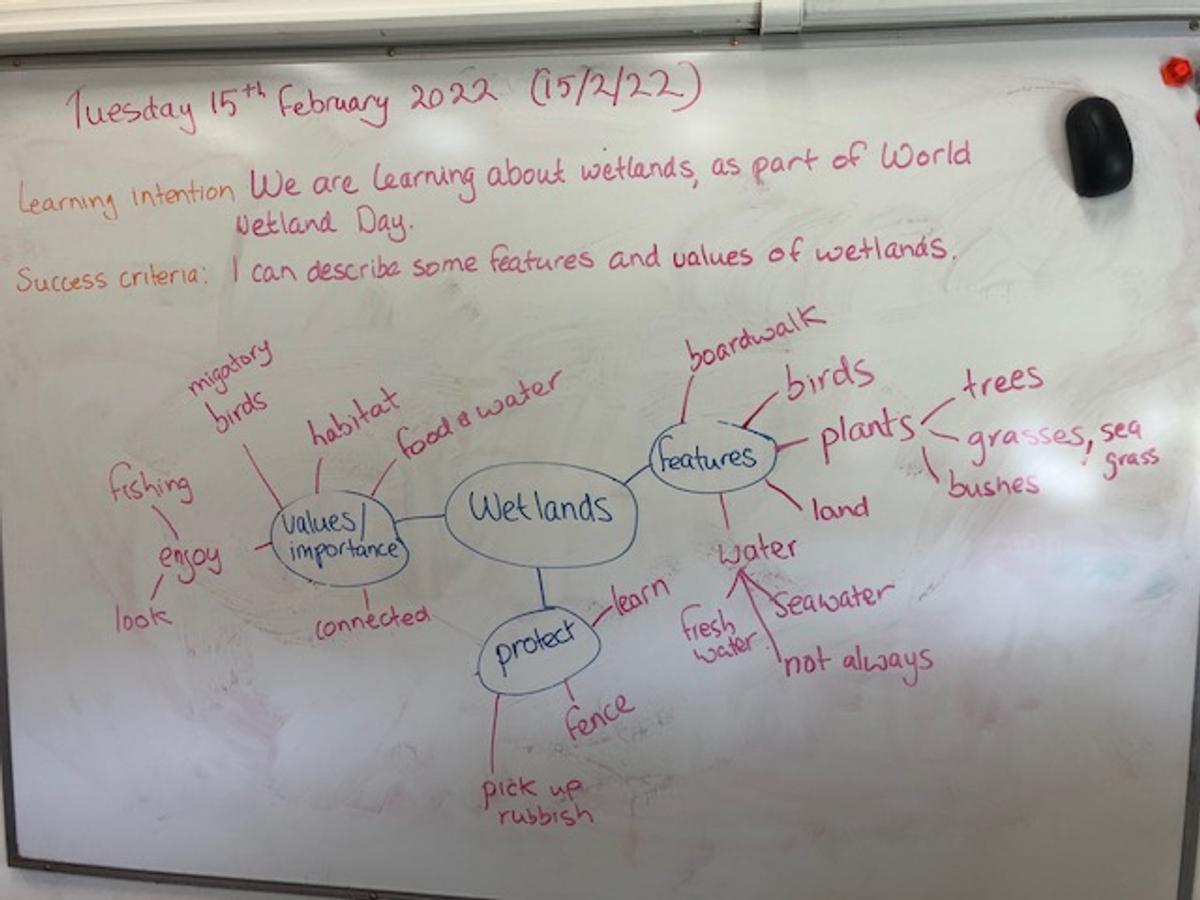








Year 3/4 students viewed a clip about caring for Edwards Point Wildlife Reserve on the Bellarine Peninsula (a Ramsar Wetland) and participated in a group visible thinking routine to synthesize the key ideas from the presentation.
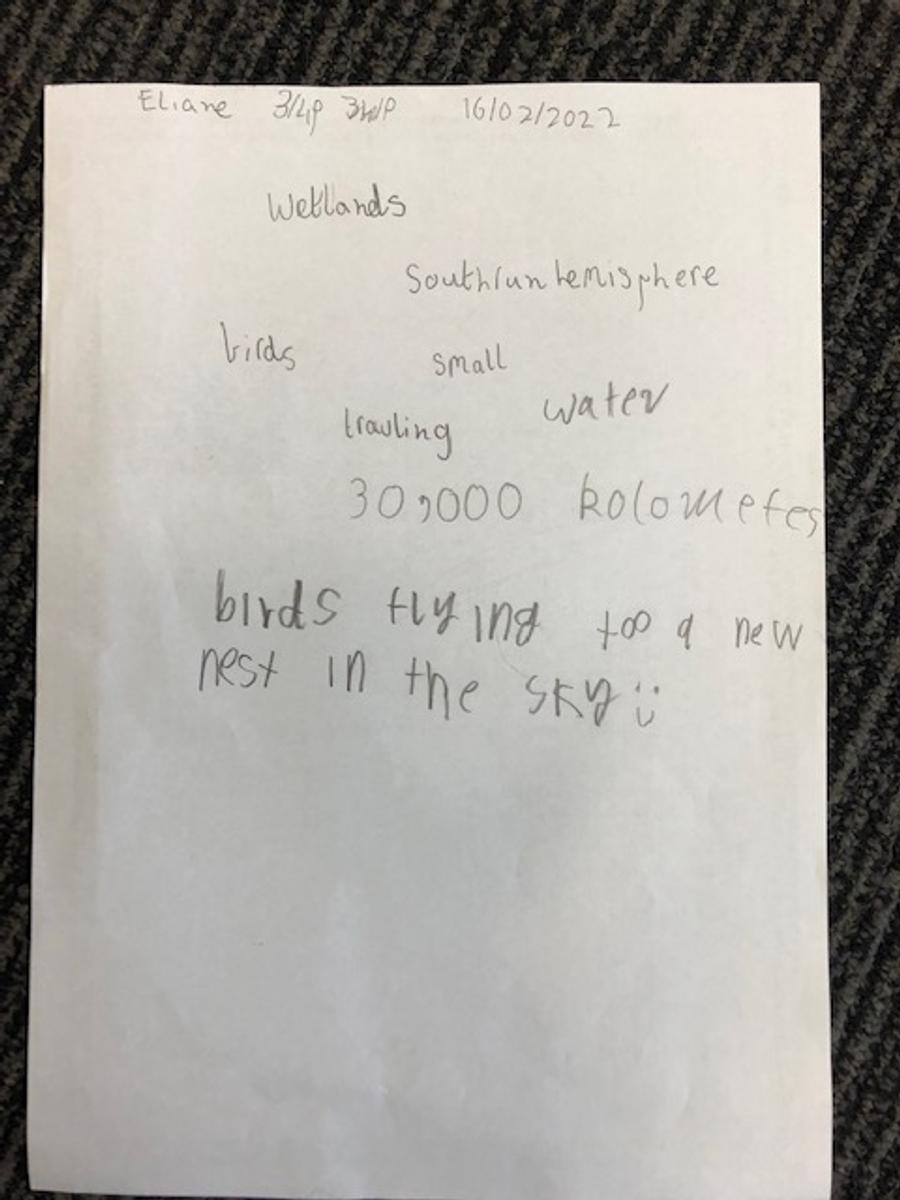
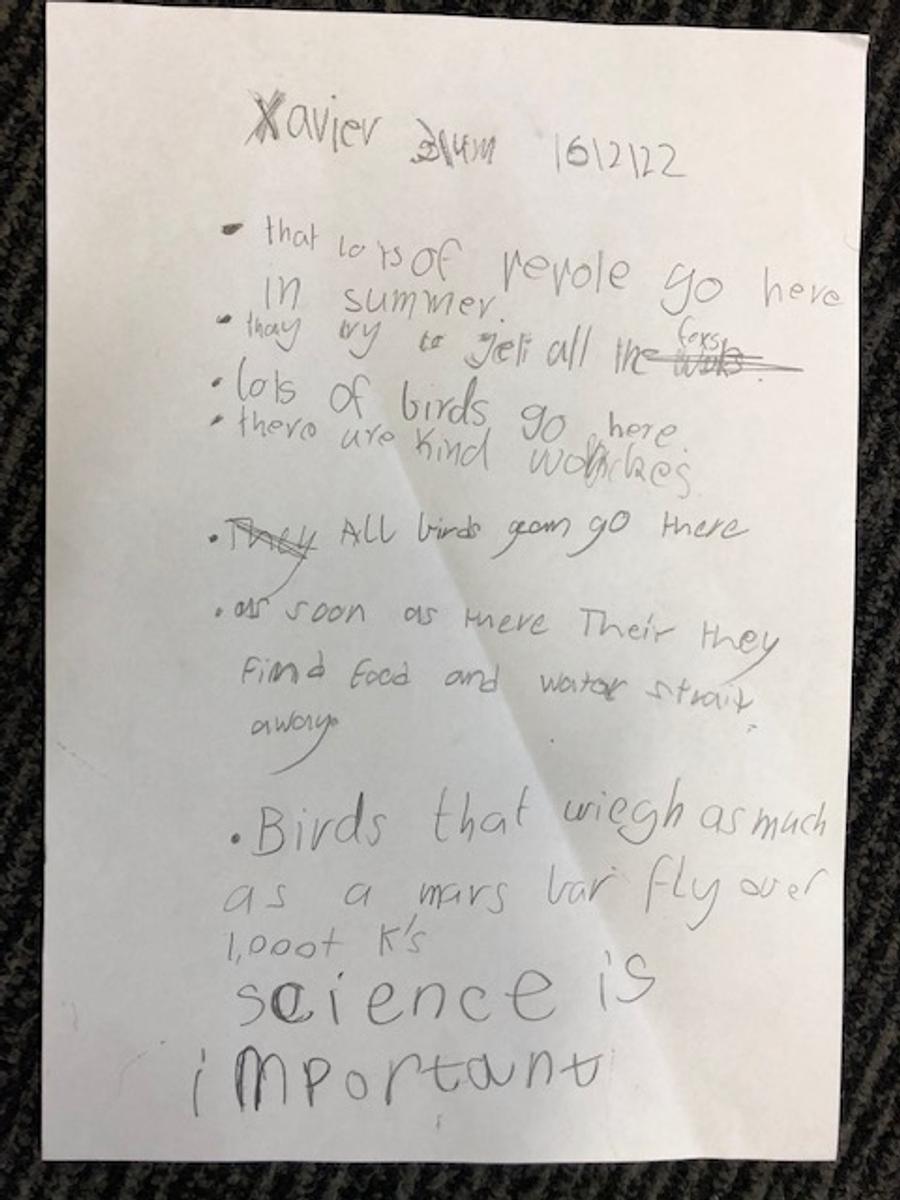
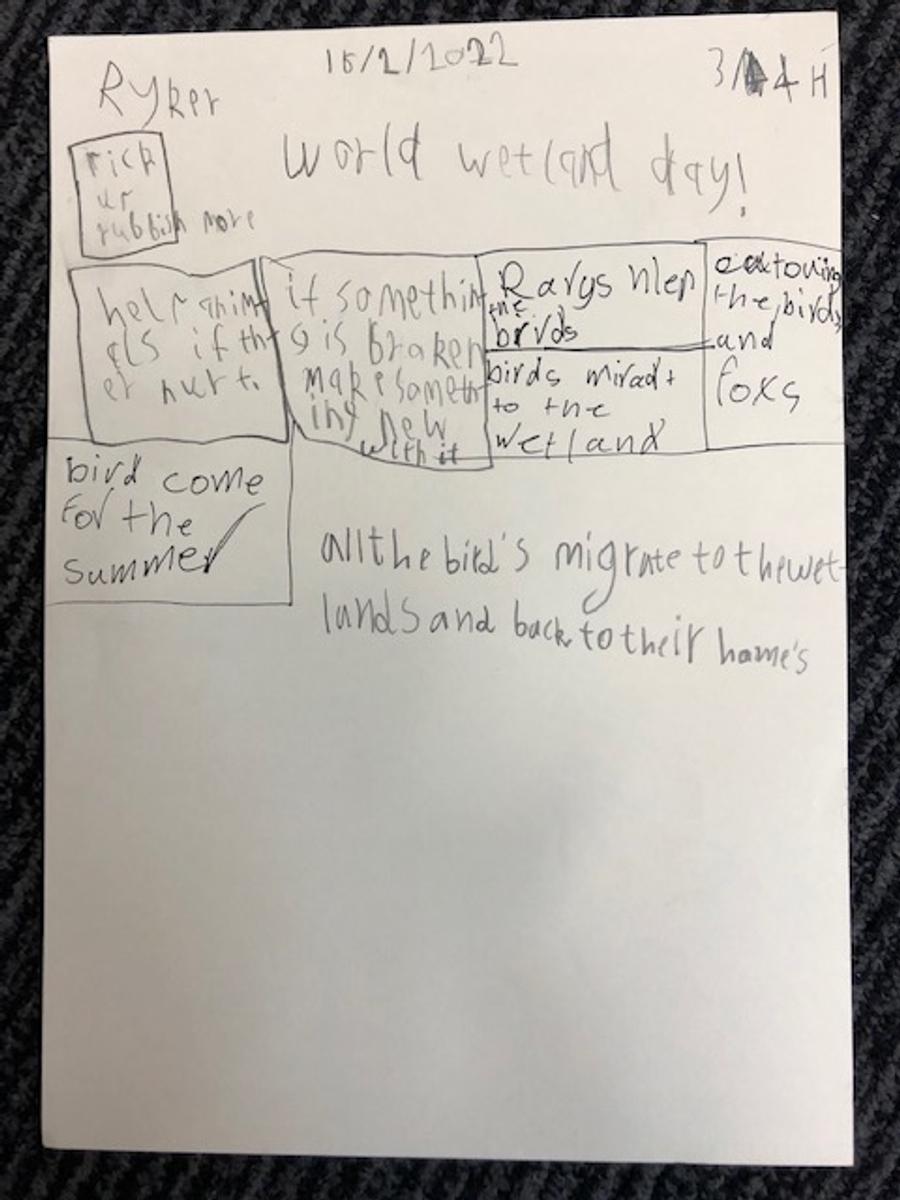
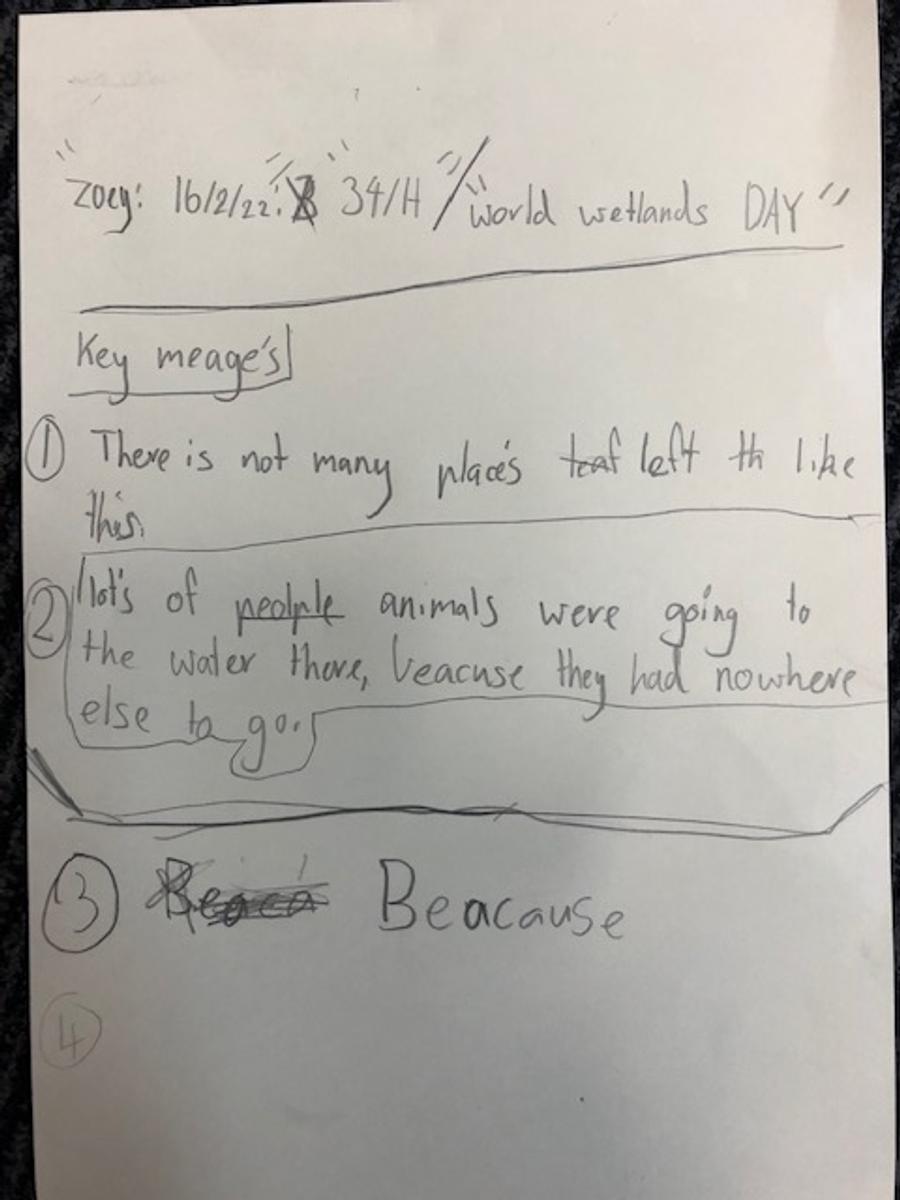




Year 5/6 students also viewed the clip about caring for Edwards Point Wildlife Reserve, then researched and described the importance of another Victorian Ramsar Wetland.
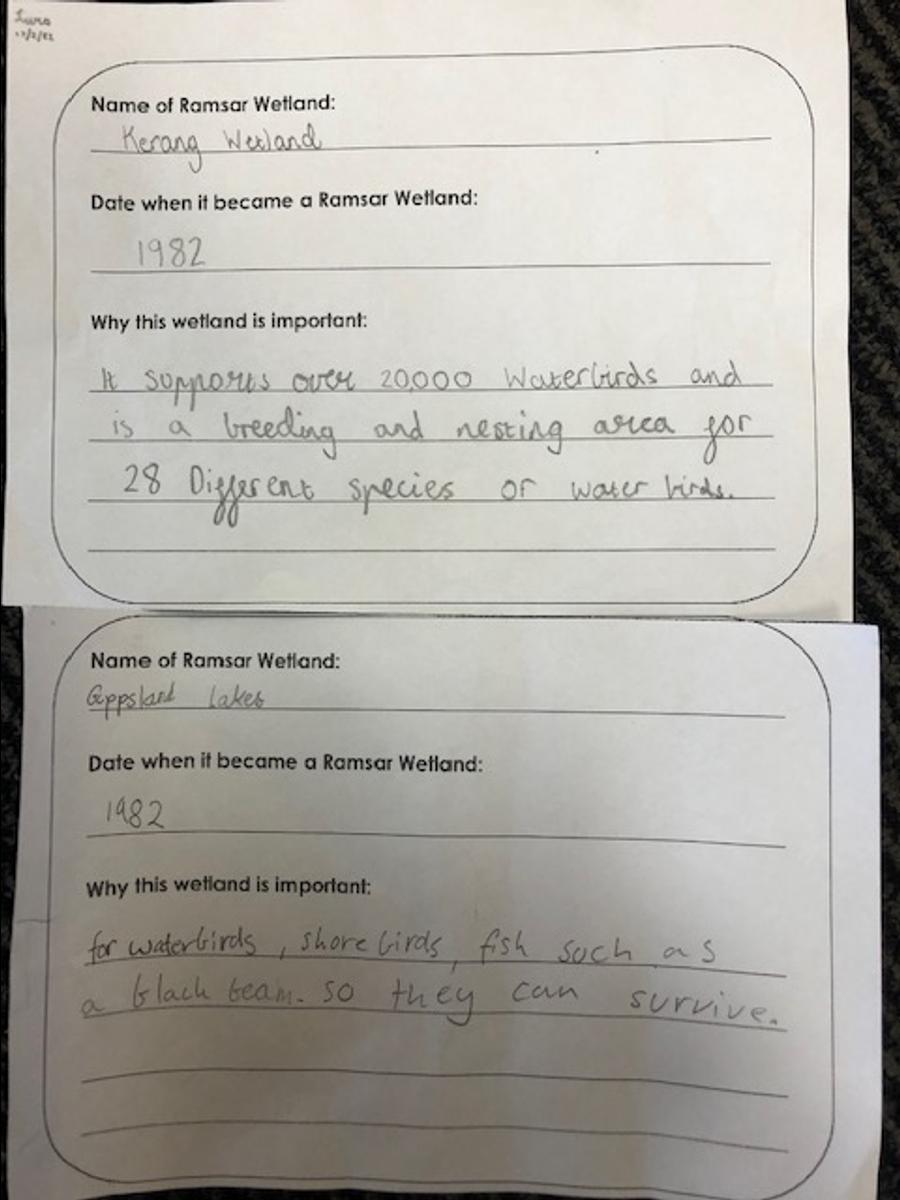
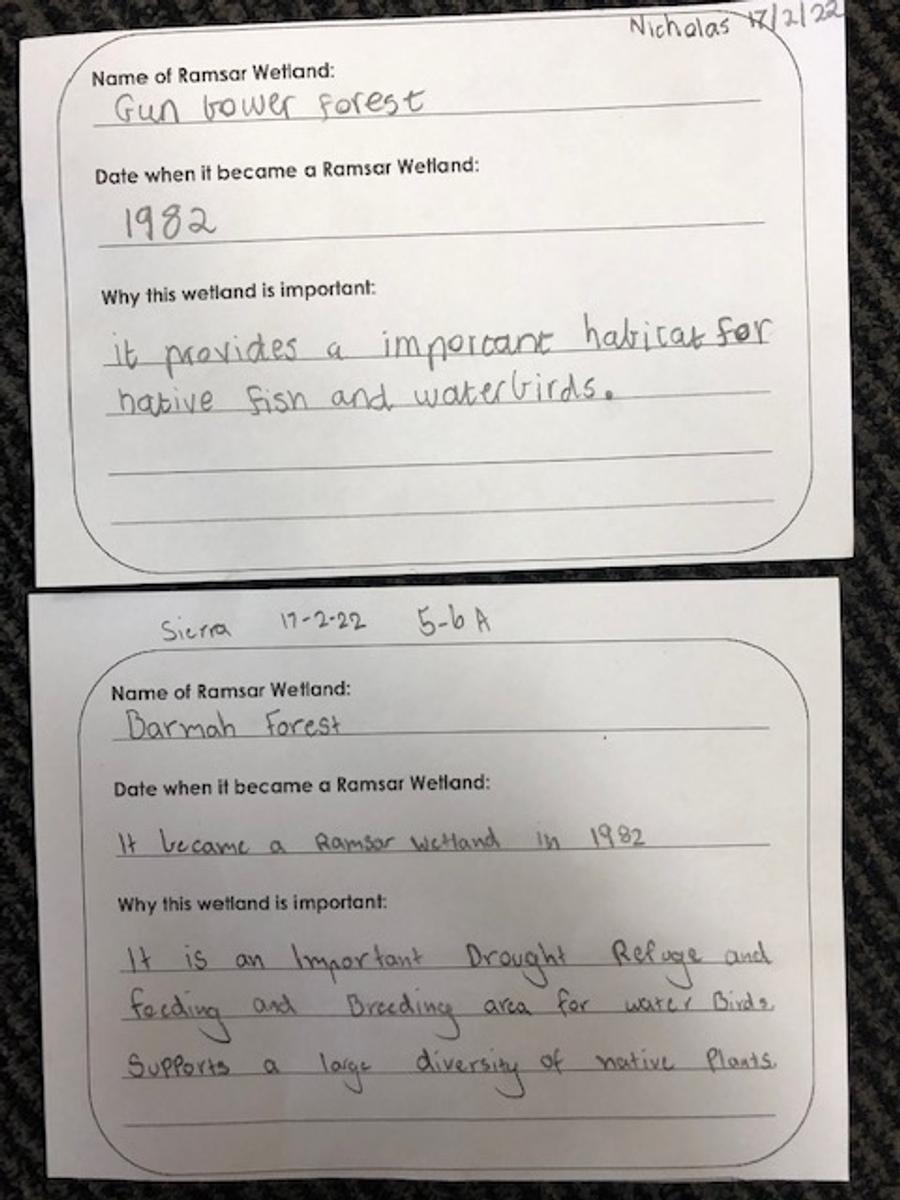

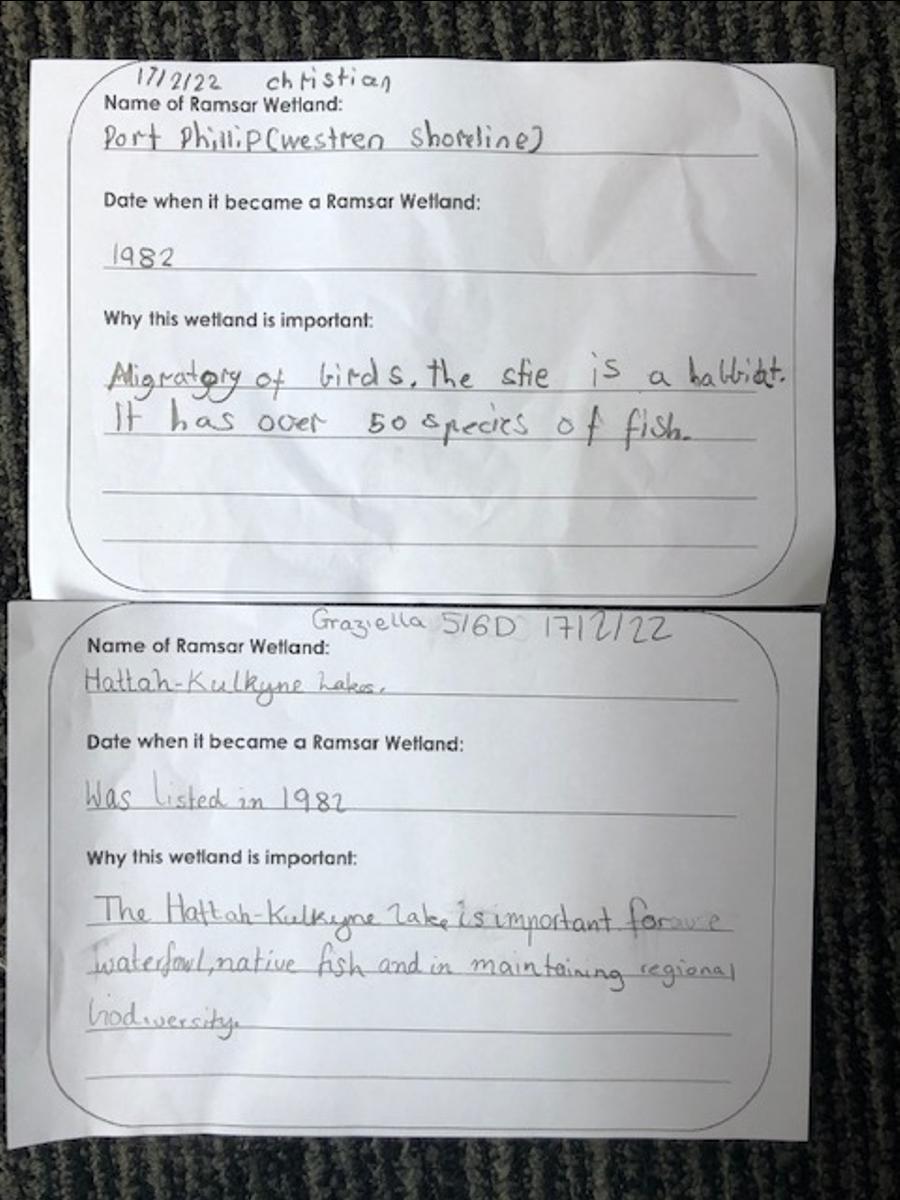
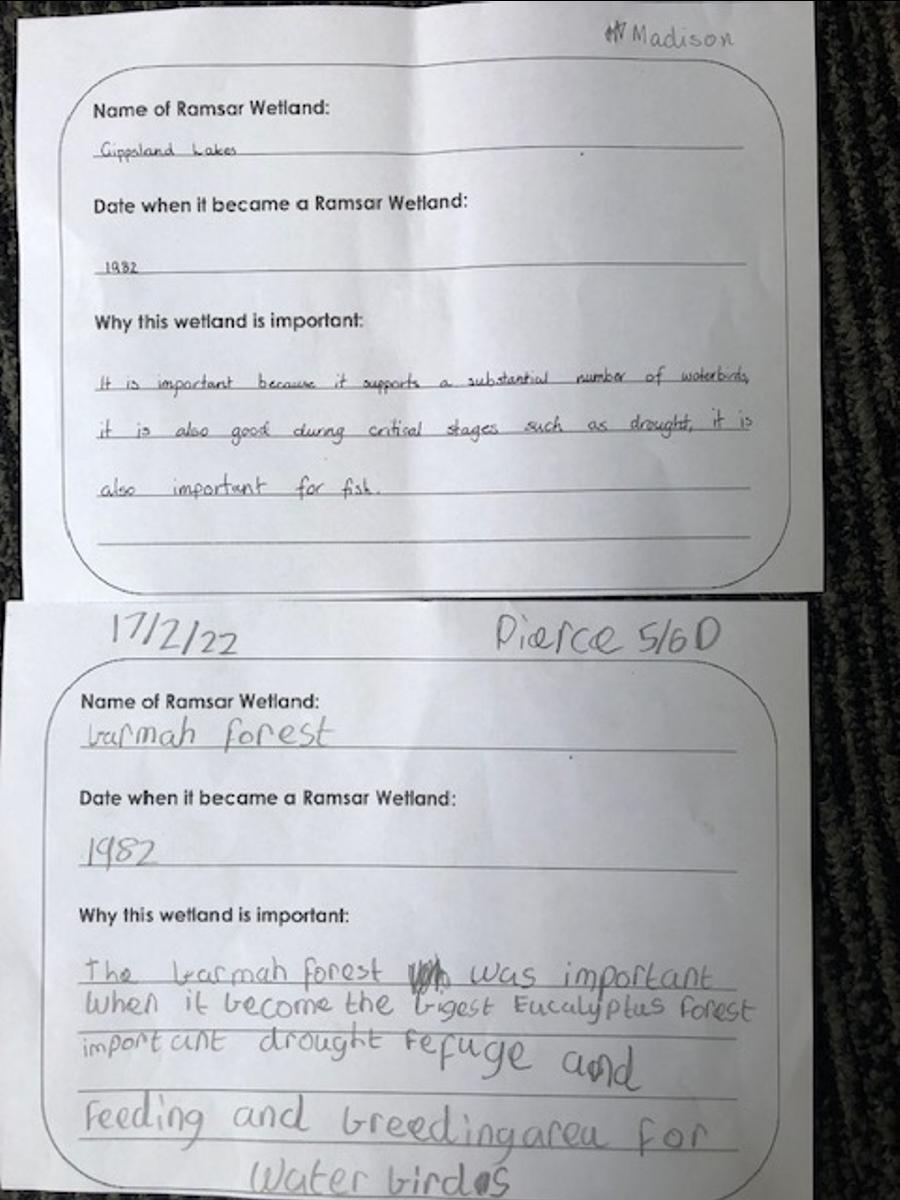







Students started the units that they will continue for the coming weeks of the term.
Through the Watch it Grow! unit, students are learning that living things grow, change and have offspring similar to themselves.
Students predicted how living things (mealworms) will grow and change and created drawings of living things when they were younger or older.
In the Package it Better unit, students are learning that natural and processed materials have a range of physical properties which can influence their use.
Students explored the characteristics of a range of packages.
Through the Marvellous micro-organisms unit, students are learning that the growth and survival of living things are affected by the physical conditions of their environment. Students used their senses to make observations about different breads.
James Webb Space Telescope
You may like to follow the progress of the James Webb Space Telescope. The telescope will study every phase of cosmic history—from within our solar system to the most distant observable galaxies in the early universe.
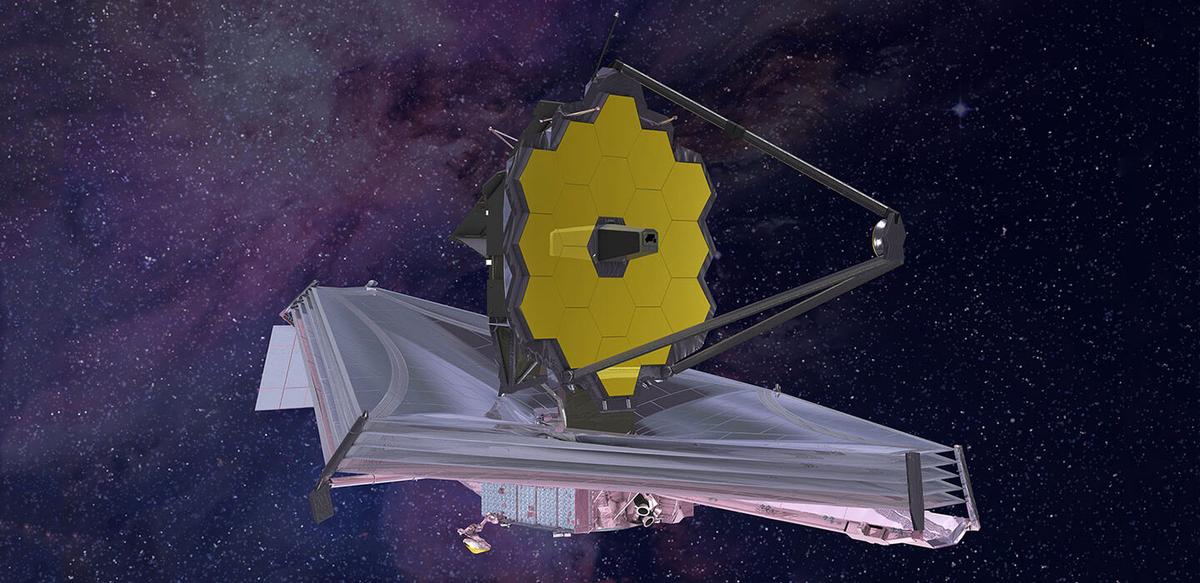

New Victorian State Fossil Emblem
Learn more about Victoria's new official State Fossil Emblem : Koolasuchus cleelandi.
Koolasuchus cleelandi was a car-sized amphibian that lived alongside dinosaurs in Victoria during the Cretaceous period approximately 125 million years ago. Resembling something between a huge newt and a crocodile, Koolasuchus was adapted to life in the rushing rivers that once separated Australia and Antarctica. Fossils of the extinct amphibian have only been found at a few beaches and coves in South Gippsland on Bunurong Country.
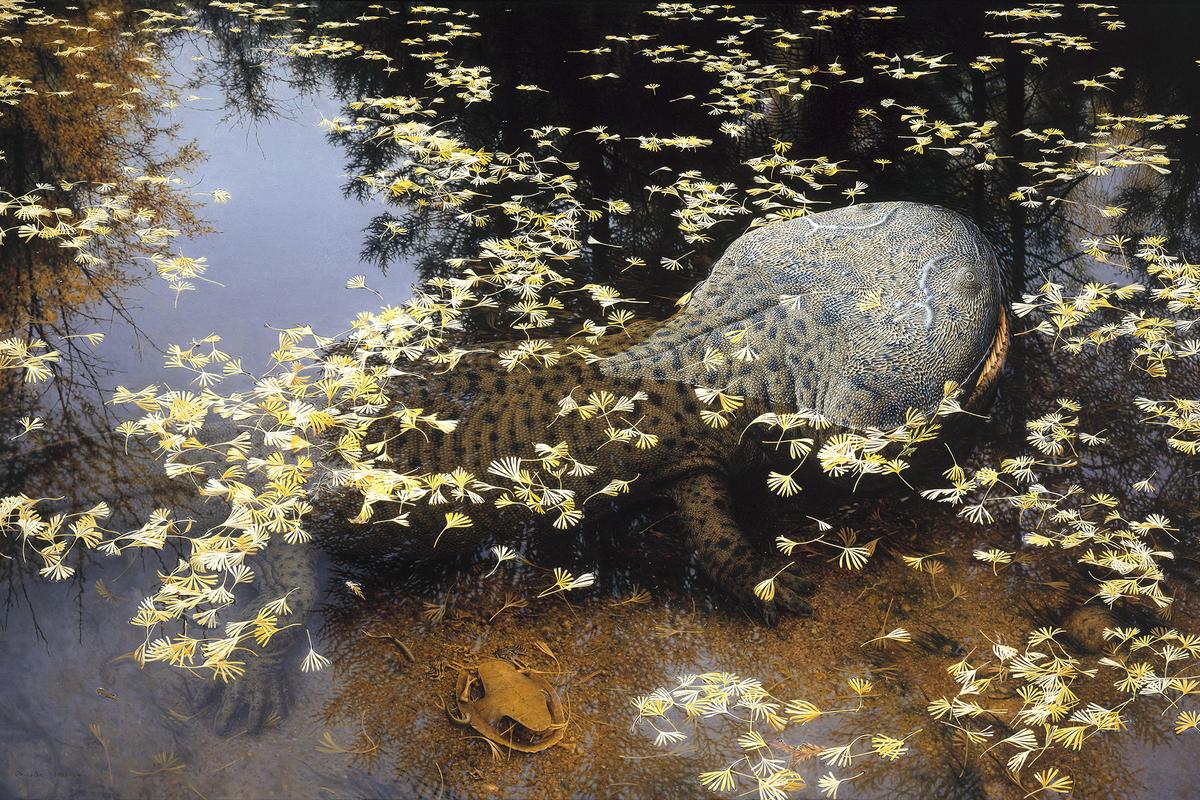

International Day of Women and Girls in Science
International Day of Women and Girls in Science was also held on 11th February. This Day recognises the critical role women and girls play in science.